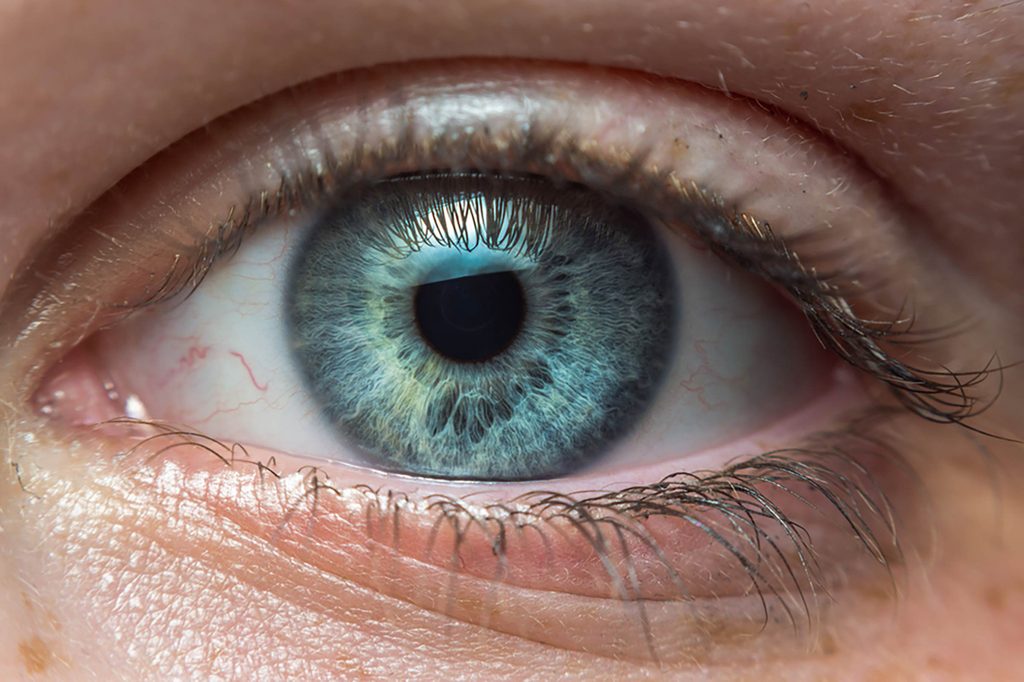This Simple Eye Test Could Be the Key to Catching Autism Early—Here’s How
Updated: Aug. 09, 2017
Our eye movements provide a peek into what's happening in our brains.
 Nearly one percent of the world’s population has autism spectrum disorder (ASD), the Autism Society reports, and thanks to a new study, experts have one more potential way to catch the disorder early. We already know about some signs and symptoms of autism, including trouble with verbal recognition and repetitive behavior, but this study finds another warning sign in a common eye movement.
Nearly one percent of the world’s population has autism spectrum disorder (ASD), the Autism Society reports, and thanks to a new study, experts have one more potential way to catch the disorder early. We already know about some signs and symptoms of autism, including trouble with verbal recognition and repetitive behavior, but this study finds another warning sign in a common eye movement.
The study, appearing in the European Journal of Neuroscience, reports that physicians may be able to identify a sub-group of people with autism spectrum disorders (ASD) by measuring their rapid eye movements. Rapid eye movements occur when we shift our focus from one thing to another, and are a crucial part of functioning controlled by an area in our brain called the cerebellum. Those without ASD are able to make rapid eye movements without any issue, and can quickly shift their focus as needed, but those with ASD are said to have an altered cerebellum and are unable to make these movements as effectively. Make sure to read up on these autism myths that everyone needs to stop believing.
“These findings build upon a growing field of research that show that eye movement could serve as a window into a part of the brain that plays a role in a number of neurological and development disorders, such as Autism,” John Foxe, PhD, director of the University of Rochester Medical Center Del Monte Neuroscience Institute and co-author of the study told EurekAlert.
For the testing, researchers looked at the eye movements of those with autism spectrum disorder, instructing them to follow a visual cue that appeared in various places on a screen. The testing was designed so that participants would overshoot their intended target, EurekAlert explains. For those without ASD, the brain would automatically correct rapid eye movements during repeated testing, but participants with ASD continually missed the visual cue, signaling that their brain’s sensory motor controls weren’t functioning properly.
According to researchers, the brains of individuals with ASD are often unable to correct the size of their rapid eye movements, and their continual miss of tracking the target signals possible cerebellum dysfunction. The testing also gives insight into the communication and social interaction issues often experienced with autism.
Based upon the findings, study co-author, Edward Freedman, PhD, an associate professor in the URMC Department of Neuroscience, believes that it’s possible, with additional rapid eye movement testing, that experts may be able to use this method as an early sign of ASD detection in the future. In the meantime, examining baby teeth is another potential way to diagnose autism spectrum disorders.
